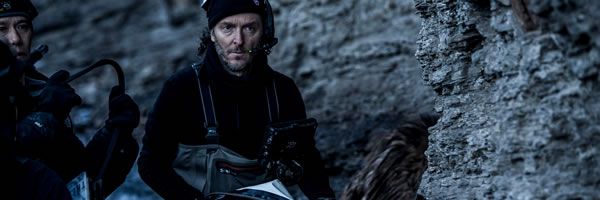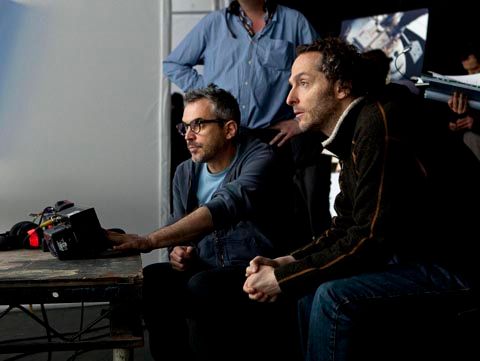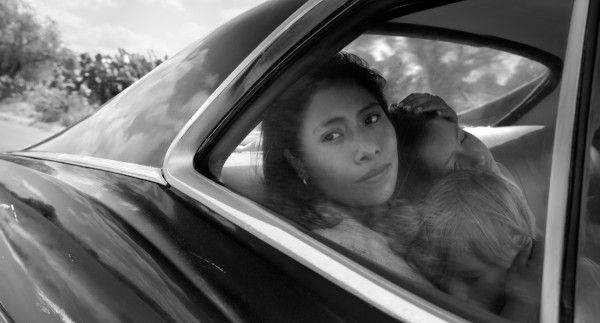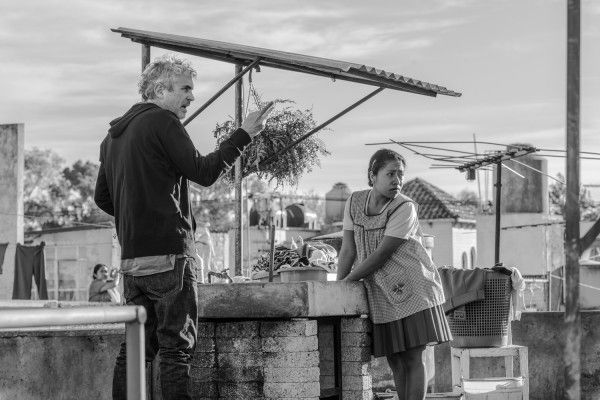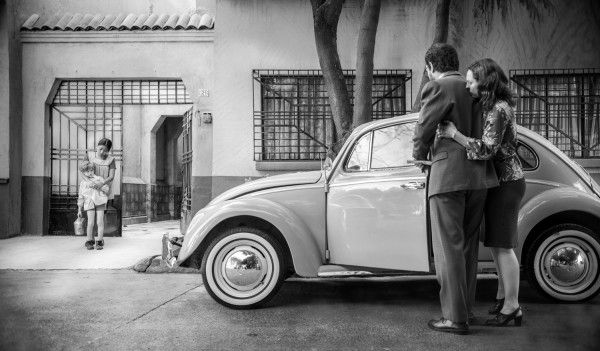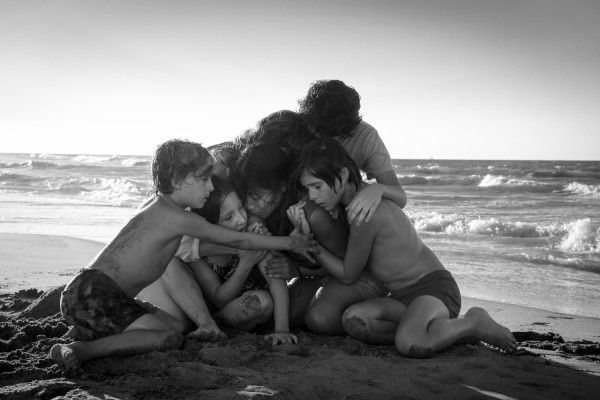When filmmaker Alfonso Cuarón was shooting ROMA, the entire production was under wraps. We knew it was a smaller, more intimate story than Cuarón’s previous film, Gravity, and that it took place in 1970s Mexico City, but that was about it. The one thing we could count on, however, was that Emmanuel Lubezki would be the cinematographer. Cuarón, Guillermo del Toro, and Alejandro González Iñarritu all grew up making films together and, subsequently, over the past few years all won Best Director Oscars. They’re close collaborators who are sometimes referred to as “the three amigos,” but there’s a fourth collaborator who also honed his craft right alongside these directors, and it’s cinematographer Emmanuel Lubezki.
Lubezki—or “Chivo” as he’s known to friends—is the only cinematographer to have won the Best Cinematography Oscar three times in a row, for Cuarón’s Gravity and Iñárritu’s Birdman and The Revenant. He’s one of the best DPs in history, and he works closely with the Three Amigos. But you may have noticed that Lubezki is not the cinematographer of ROMA. Instead, Cuarón handled DP duties himself, which could net him an Oscar for Best Cinematography (assuming the Cinematographers branch doesn’t hold it against him that he’s also the film's director).
Early reports had Lubezki attached as the cinematographer of ROMA, but then he ultimately didn’t end up shooting the film. So what happened? Well Cuarón explained as part of a conversation between himself and Iñárritu for the DGA’s podcast The Director’s Cut, revealing that scheduling issues prevented Lubezki from shooting ROMA:
“Chivo started prepping the film, and I actually planned this film for Chivo. I budgeted this film for Chivo’s thinking. With Chivo, there’s always the same concern and complaint—well, he has many complaints (laughs). The biggest thing since we started making films together when we were teenagers was time. Time to do things. Time to prep the film, time to shoot the film, time to do the Digital Intermediate at the end of the process, he’s always asking for more time. So I designed it for Chivo. The byproduct of that is that we started prepping and I start realizing, ‘No we need more prep time.” We start looking for locations and I said, ‘We need more shooting time,’ and we kept extending everything until Chivo said, ‘I cannot do this film anymore, I have other commitments’. And that was maybe two and a half weeks before we started shooting.”
Cuarón admits that Lubezki had been warning him of the tight deadline:
“It was my fault because he started warning me before and I didn’t want to believe, I didn’t want to let Chivo go. I said, ‘No no let’s try, talk to the other production, see if they’ll push back,’ and I cornered myself. Chivo says it was because I knew from the get-go [that I wanted to shoot it myself].”
As for making the shift into DP’ing his own film, Cuarón says the transition was pretty seamless:
“I started as a DP in film school and then when I was in TV I did a lot of DP’ing, even on my own shows. I’ve never done a whole feature film, but after the first three days I was uncomfortable with my role. I was used to delegating. I don’t talk to the gaffer, I respect that’s Chivo’s thing. Now I have to talk to the gaffer. But then after that I had a blast, for me it was easy. The problem was the crew had two Alfonsos… Both were Mr. Hyde.”
I think we can all agree this worked out just fine. ROMA is one of the most beautiful films in recent memory, and Cuarón’s motivated cinematography drives home the role of the viewer as an objective bystander to the dissolution of the family at the center of the film. It’s truly remarkable work, and it’s a testament to Cuarón’s talents as a filmmaker that he was able to not only craft one of the best directed films of the year, but one of the best-shot as well.
As for the project that prevented Lubezki from shooting ROMA, it’s unclear. Production on ROMA began in Fall 2016, and the following year Iñärritu released an Oscar-winning VR called Carne y Arena that Lubezki shot. Lubezki was also attached to direct a TV series called The One Percent with Iñárritu for Starz, but the network dropped the project in March 2017 before filming began. It seems like maybe Lubezki left to go prep The One Percent, but unfortunately that project never came to fruition.
Whatever the case, Lubezki still has a trio of Oscars and remains one of the best in the business, and Cuarón ended up crafting a masterpiece. So all’s well that ends well.
Listen to the full, insightful podcast conversation below.

